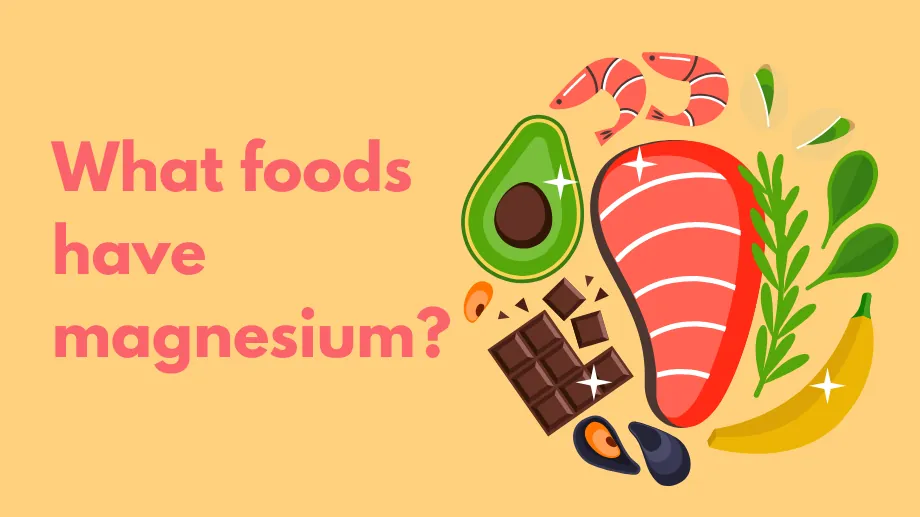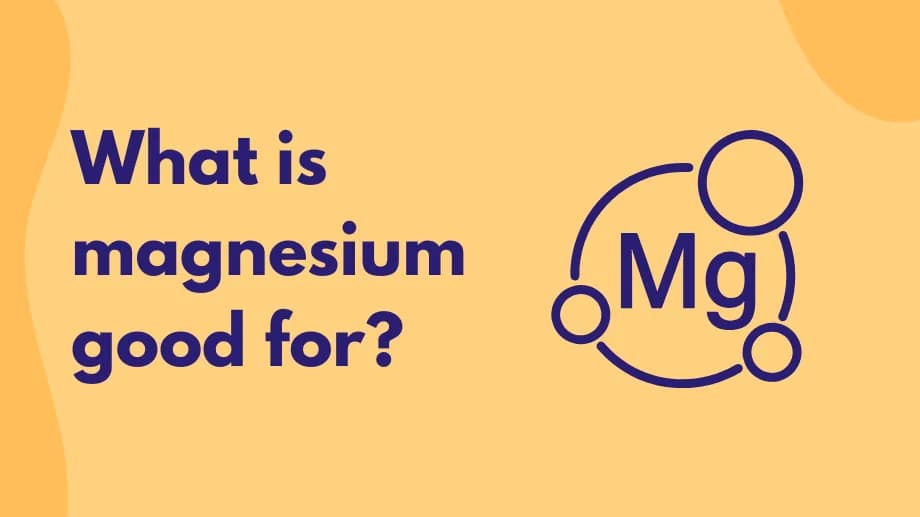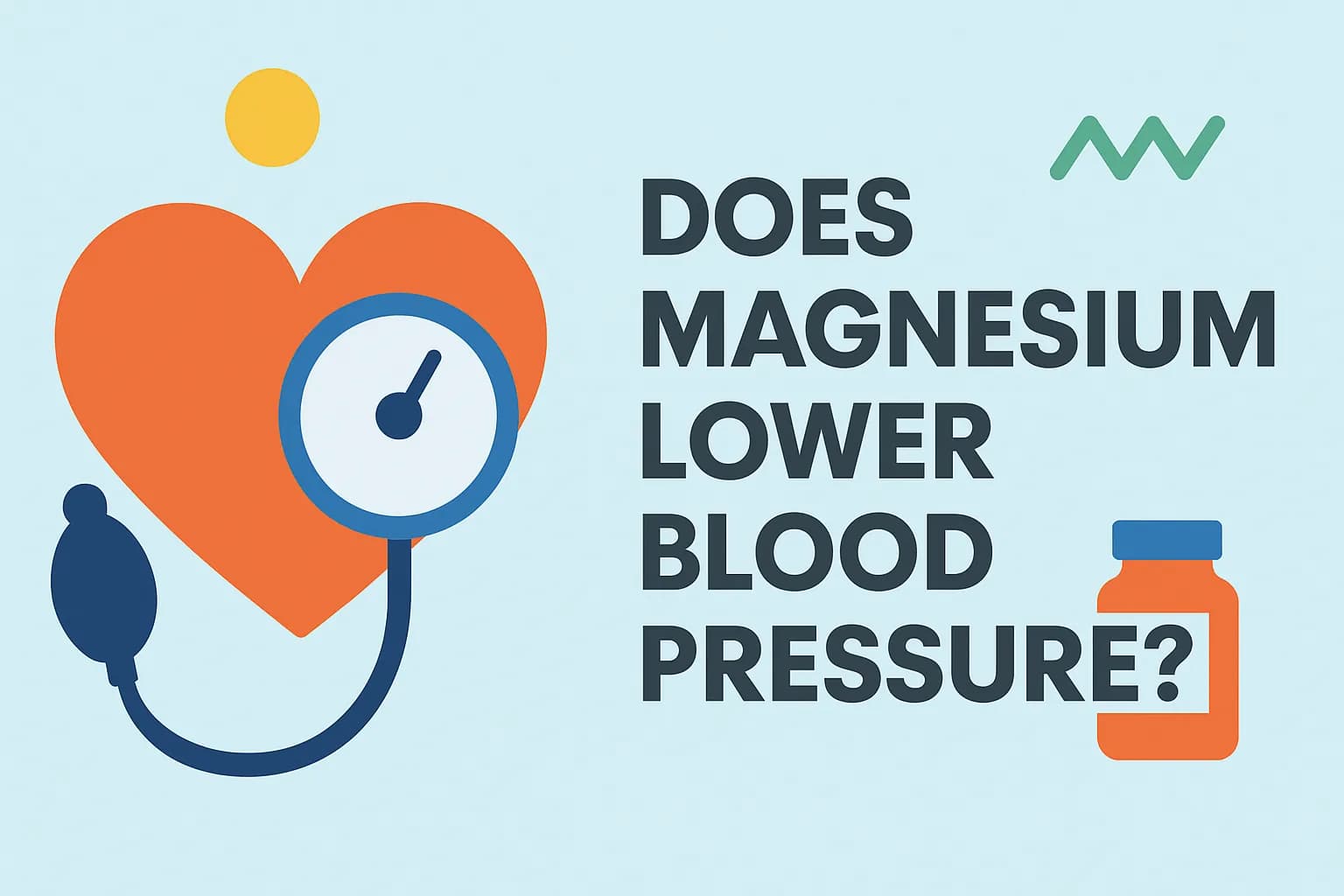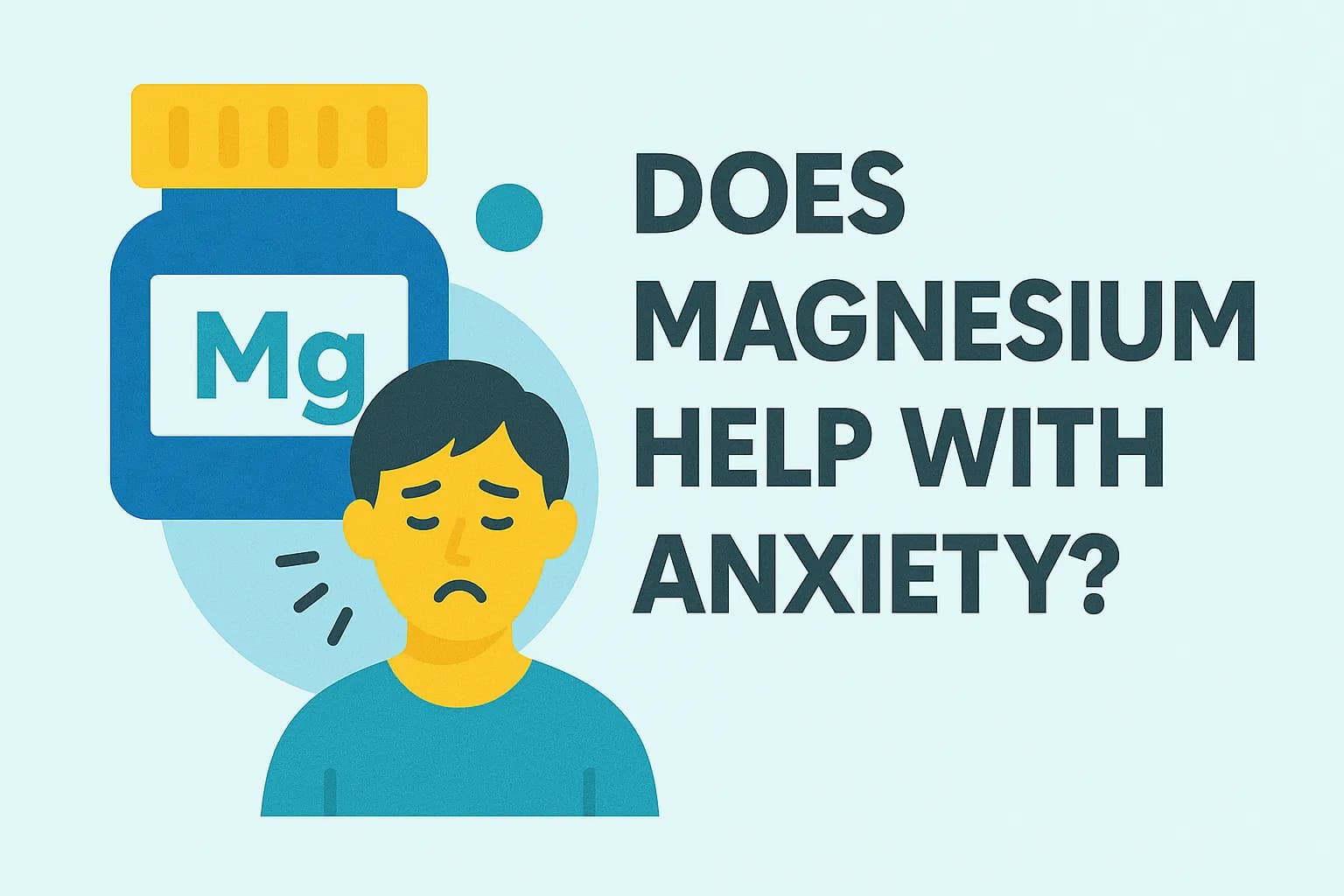What foods have magnesium?

More than 300 important processes in your body rely on magnesium, including heart rhythm, blood pressure regulation, muscle and nerve function, bone health, and blood sugar control. If you do not get enough magnesium in your diet over a long time, you can be at an increased risk of health problems such as heart disease, stroke, diabetes, and osteoporosis.
The main way to get magnesium is through food sources. Your body stores it in bones and soft tissue to make sure you have enough to use daily. Though magnesium is found in whole grains, green leafy vegetables, nuts, seeds, seafood, and beans, around half of Americans fall short of recommended intakes.
Below are some rich dietary sources by category.
Nuts and Seeds
- Pumpkin seeds, roasted (1 oz): 150 mg
- Chia seeds (1 oz): 111 mg
- Almonds, roasted (1 oz): 80 mg
- Cashews, roasted (1 oz): 72 mg
- Peanuts, dry roasted (1 oz): 49 mg
- Flaxseed, whole (1 Tbsp): 40 mg
- Sunflower seeds (1 oz): 36 mg
Beans and Legumes
- Black beans (½ cup): 60 mg
- Edamame (½ cup): 50 mg
- Lima beans (½ cup): 40 mg
- Chickpeas (½ cup): 39 mg
- Kidney beans (½ cup): 35 mg
- Lentils (½ cup): 35 mg
Whole Grains
- Quinoa (½ cup): 60 mg
- Shredded wheat cereal, plain (1 cup): 56 mg
- Brown rice (½ cup): 43 mg
- Fortified breakfast cereal (1 serving): 42 mg
- Whole wheat bread (1 slice): 23 mg
Low‑Fat Dairy
- Plain low‑fat yogurt (8 oz): 42 mg
- Skim milk (1 cup): 24–27 mg
Leafy Greens
- Spinach, boiled (½ cup): 78 mg
- Swiss chard (½ cup): 75 mg
- Collard greens (½ cup): 25 mg
Fruits
- Avocado, whole: 58 mg
- Papaya, small: 33 mg
- Banana, medium: 32 mg
- Blackberries (1 cup): 29 mg
- Raisins (½ cup): 23 mg
- Apple, medium: 9 mg
Vegetables
- Baked potato with skin, medium: 48 mg
- Green peas (½ cup): 31 mg
- Sweet corn (½ cup): 27 mg
Seafood
- Atlantic mackerel (4 oz): 83 mg
- Yellowfin tuna (4 oz): 36 mg
- Canned white tuna (4 oz): 28 mg
- Atlantic salmon (4 oz): 26 mg
Other Sources
- Dark chocolate (1 oz): 65 mg
- Soy milk (1 cup): 61 mg
- Peanut butter (2 Tbsp): 49 mg
- Tofu (¼ block): 47 mg
- Soy nuts (1 oz): 41 mg
- Instant oatmeal (1 packet): 36 mg
- Roasted chicken breast (3 oz): 22 mg
- Ground beef, pan‑broiled (3 oz, 90% lean): 20 mg
- White rice (½ cup): 10 mg
Should I take supplements?
If you are at risk of deficiency (e.g., gastrointestinal disorders, type 2 diabetes, kidney disease, alcohol misuse, older age, certain medications), your provider may recommend a supplement. Avoid exceeding the recommended dose to prevent side effects (nausea, diarrhea, cramps) and potential interactions with other medications.
Sources
- USDA FoodData Central
- NIH Office of Dietary Supplements
- Gröber U, et al. Nutrients. 2015.
- Allen MJ, et al. National Library of Medicine. 2023.
- Fang X, et al. Dose-response meta-analysis. 2016.







